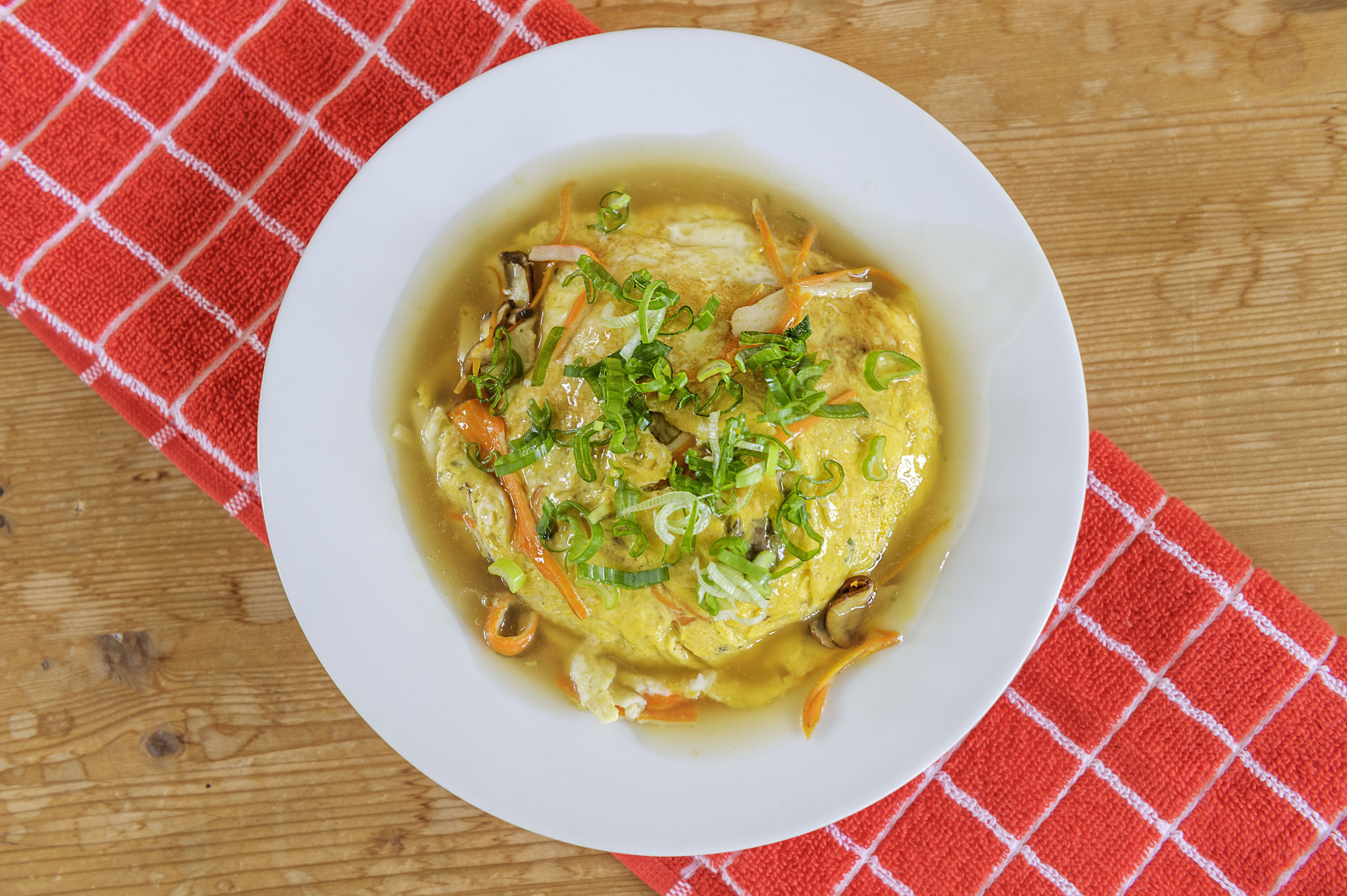There are three main categories of everyday Japanese food: washoku (traditional Japanese); yōshoku (European-influenced yet Japan-specific cuisine) and chūka (Chinese-influenced Japanese cuisine).
The last category is rather confusing even for Japanese people, who often aren't aware which Chinese-influenced dishes exist only in Japan and which are authentically Chinese, particularly since both categories are very popular. A general rule of thumb is to call direct-from-China dishes by their regions (in Japan, the four major Chinese regional cuisines are considered to be from Canton, Beijing, Shanghai and Sichuan) or collectively as Chūgoku (China) cuisine.
China has had a profound influence on Japan in many ways for centuries, but most of the chūka dishes that we enjoy now were introduced during the 19th and 20th centuries. In the Meiji Era (1868-1912), when the country opened its ports to international trade, an influx of Chinese people came to work in Japan. Many of them settled the port towns of Yokohama and Kobe, and some eventually opened up restaurants, although they initially mainly catered to other Chinese immigrants and expatriates.



